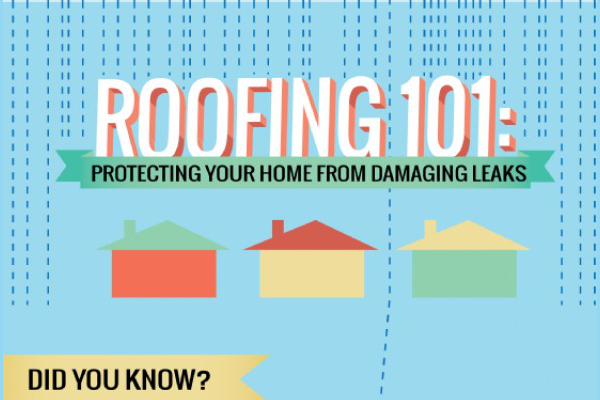Wondering Just How To Master Roof Covering Inspections And Prevent Unneeded Costs?
Wondering Just How To Master Roof Covering Inspections And Prevent Unneeded Costs?
Blog Article
Web Content By-Cooney Moody
To ensure your roof remains in leading problem, professional ideas for a thorough evaluation can make all the distinction. By grasping the art of examining crucial areas and spotting usual warnings, you could possibly conserve yourself from costly repair work down the line. So, are you ready to take the very first step in guarding your home and boosting your roof covering's durability?
Roofing Examination Prep Work
Plan for your roofing system inspection by collecting essential devices and safety and security equipment. Beginning by ensuring you have a durable ladder that gets to the roofing securely. In addition, grab a set of sturdy job gloves to shield your hands from any kind of sharp sides or debris. A trustworthy flashlight will additionally be available in handy, especially if you're checking the roofing in dark lights conditions.
Next, gather a caulking gun and roof sealer to attend to any type of minor leaks or problems you might encounter throughout the evaluation. A tape measure will assist you precisely assess the dimensions of any type of problem locations. Don't neglect to bring a note pad and pen to jot down notes or sketch out layouts if required.
Last but not least, focus on security by using non-slip shoes to avoid crashes while getting on the roofing system. Take into consideration using a safety harness or ropes for included protection, particularly on steep roofings.
Key Locations to Check Out
Check the roof covering's vital areas thoroughly to guarantee a comprehensive analysis of its condition. Begin by examining the tiles or roof covering product. Try to find any type of signs of damages such as cracks, missing out on pieces, or curling sides.
Examine the blinking around chimneys, vents, and skylights for any corrosion or spaces that can result in leaks. Check the rain gutters for debris buildup and ensure they're safely connected to the roof covering. Pay san antonio gutter services to the roof covering valleys where water runoff is focused, as these locations are extra prone to leakages.
Next off, check out the soffits and fascia for any kind of signs of rot or damage, as these parts are crucial for proper air flow and protection against moisture. Check http://realestate.boston.com/home-improvement/2017/07/26/tips-for-locating-the-source-of-a-roof-leak/ for any indicators of water damage, such as stains or mold development, which can indicate a dripping roofing.
Lastly, check the seals around air vent pipelines and other roof covering infiltrations to ensure they're undamaged and water tight. By extensively taking a look at these essential locations, you can identify any kind of prospective issues and address them without delay to preserve the integrity of your roofing.
Common Roof Covering Red Flags
Keep an eye out for common roofing red flags that can indicate prospective problems with your roofing system's condition. Missing or harmed tiles are a clear indication that your roofing system may be jeopardized. Look for curling, twisting, or blistering shingles as well, as these can indicate weathering or poor installment.
Water spots on your ceiling or wall surfaces are a warning for a leaky roof covering that requires instant focus. Check for indications of moss or algae development, as these can indicate trapped wetness, which might bring about rot. If you notice granules from asphalt tiles in your rain gutters, it can suggest your roof covering is nearing completion of its life-span.
Sagging locations on your roofing system suggest structural damage and must be dealt with promptly. Finally, daytime coming through the roofing boards in your attic signifies a requirement for roofing system repairs. Keeping an eye out for these typical warnings can assist you catch roof covering concerns early and avoid costly damage.
Final thought
In conclusion, conducting regular roof assessments is vital for recognizing and resolving problems prior to they rise. By utilizing the right devices and safety devices, focusing on key areas, and being on the lookout for common red flags, you can make sure the longevity and integrity of your roofing system.
Remember, very early discovery and timely fixings can save you time and money in the future. Stay proactive and keep your roof in leading problem.
